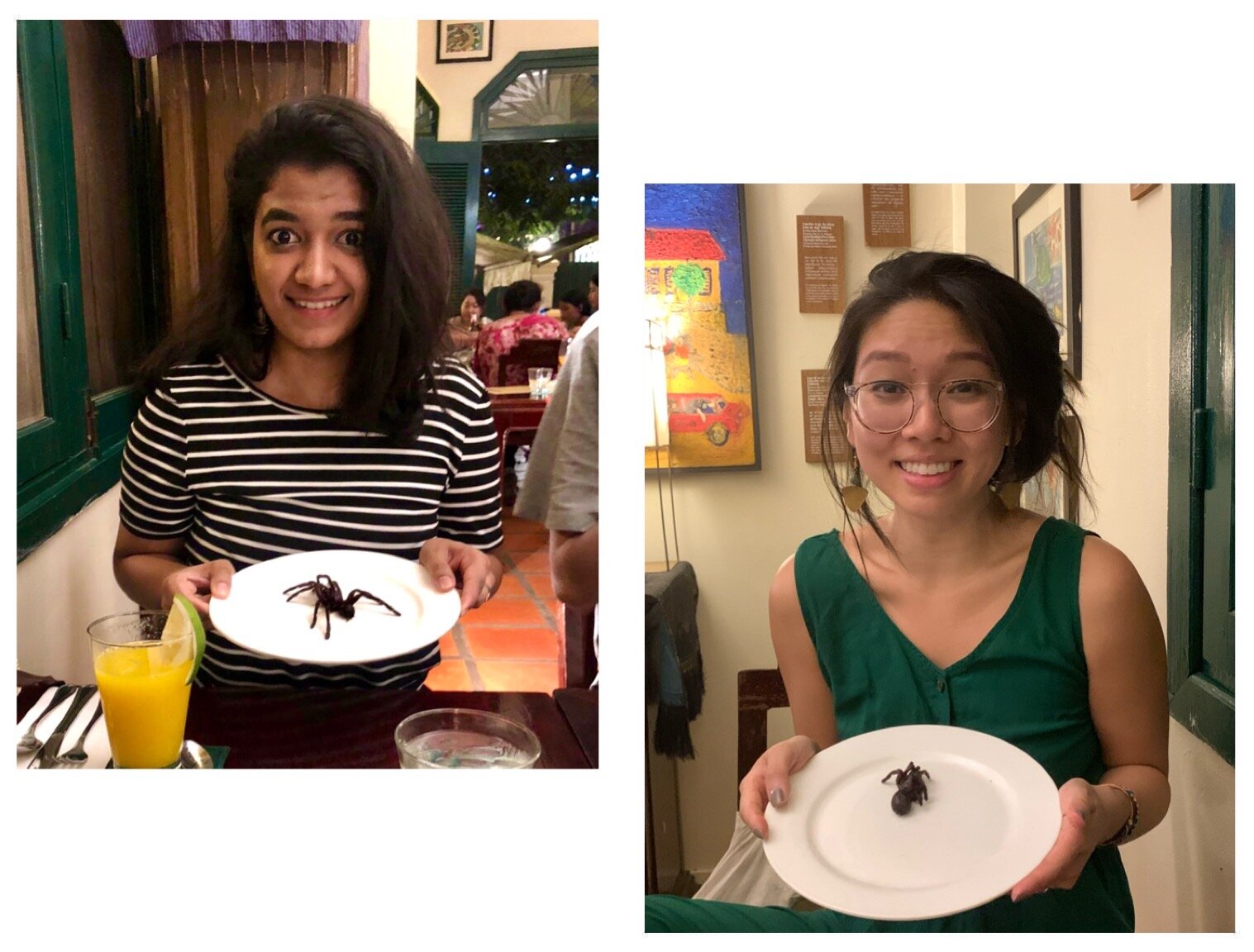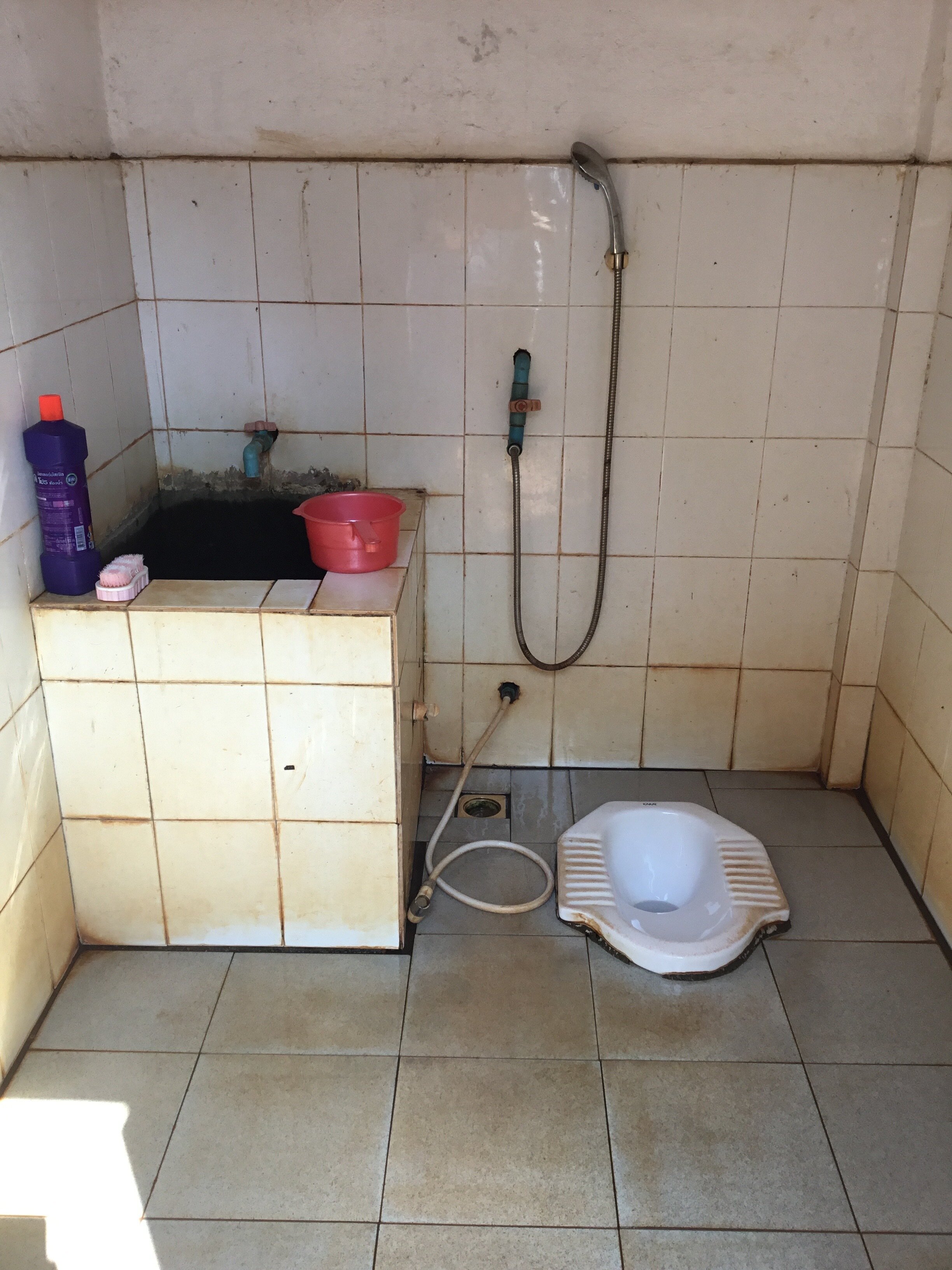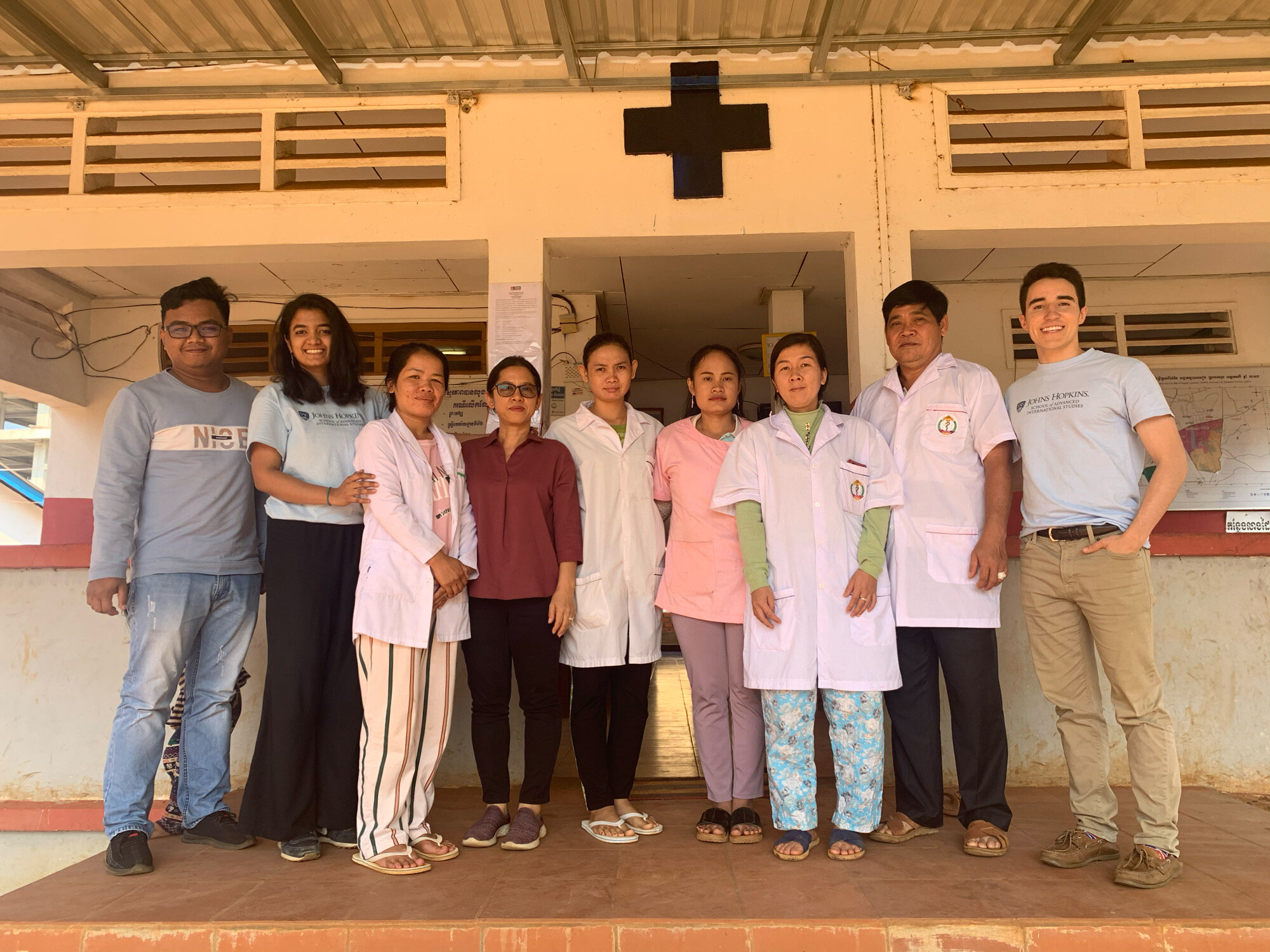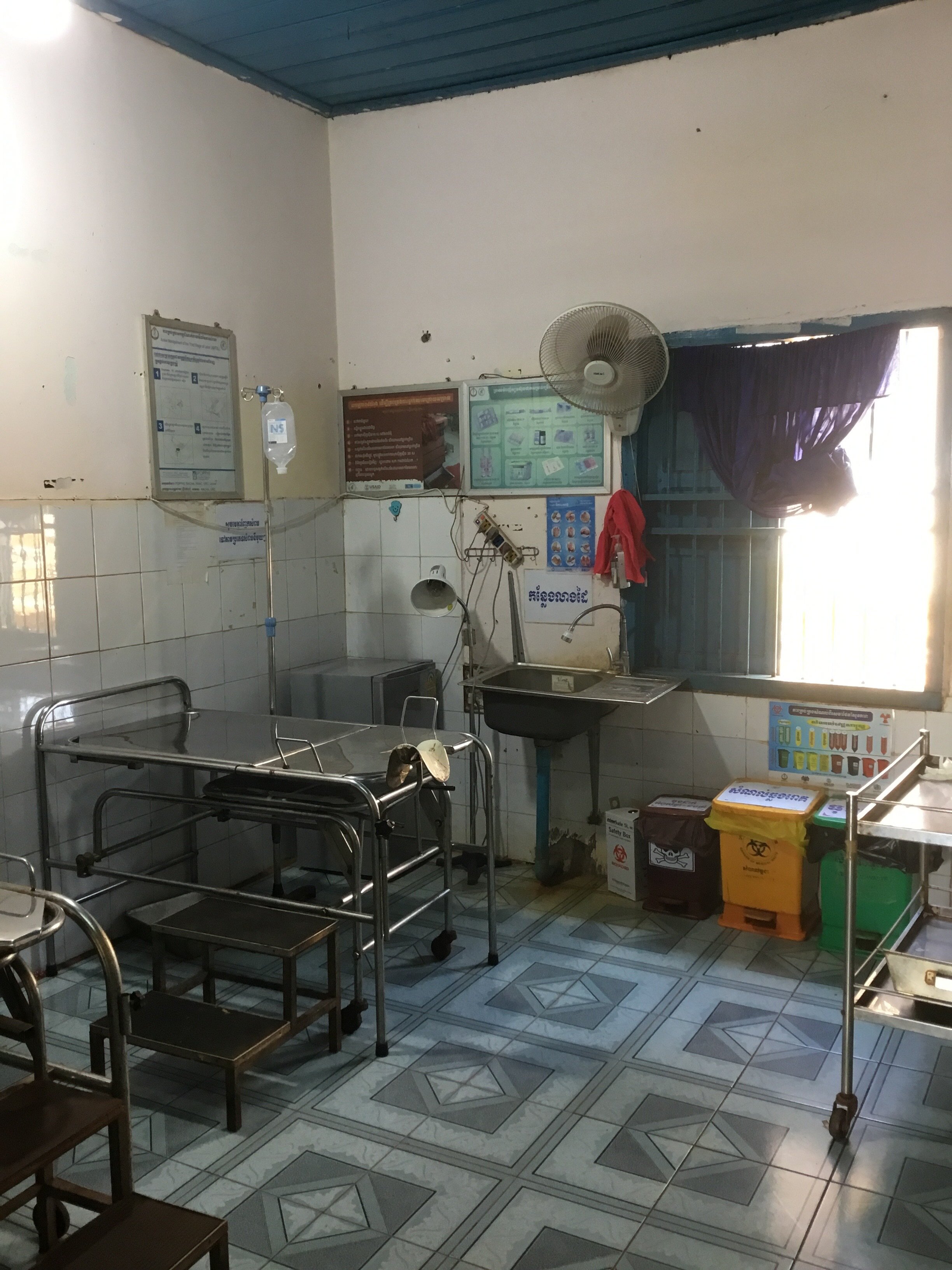BY ERIC HE, HENRY RAWLINGS, MINAJ RANJITA SINGH, AND KIMMY VO
Eric He, Henry Rawlings, Minaj Ranjita Singh, and Kimmi Vo are second-year International Development students who are working with WaterAid, an international NGO focused on issues of water, sanitation, and hygiene (WASH). The team traveled to Cambodia for three weeks in January to conduct a process evaluation of the Water, Sanitation and Hygiene Facility Improvement Tool (WASH FIT), which was co-designed by the World Health Organization (WHO) and UNICEF. The students started in the capital city of Phnom Penh, and then traveled to the rural areas of Kampong Chhnang, Tbong Khmum, Kampot, and Ratnagiri. In addition to investigating WASH FIT’s implementation challenges, their Practicum report will explore the tool’s potential for scale and adaptation within a wider Cambodian context.
The IDEV Practicum allows students to work directly with public, private and non-governmental organizations as a capstone to their graduate studies. The 2020 IDEV Practicum Blog is a seven-part series that chronicles the travels of IDEV students who take on client projects over winter break.
Few things are more ironic than getting sick in a health center, yet small hospitals and health clinics in developing countries continue to struggle with below-standard water, sanitation, and hygiene (WASH). For our Practicum project, we traveled to Cambodia to assess the Water and Sanitation for Health Facility Improvement Tool (WASH FIT), which was piloted in 2017 and co-designed by the World Health Organization (WHO) and UNICEF. At a high level, the tool is meant to help health care facilities (HCFs) perform a self-assessment of their WASH performance every six months, with hopes that they can identify areas in need of improvement.
As the main aim of the program is to improve WASH in Cambodian HCFs, we were tasked with investigating the quality of the tool’s implementation and then using our findings to recommend how it might be nationally scaled in the future.
According to a 2016 assessment of WASH in 117 Cambodian HCFs—which was the first of its kind conducted in the country—none of the facilities met the WHO / UNICEF Joint Monitoring Program for Water Supply and Sanitation (JMP) standards, and only 3% met the standards for hygiene. Thus, for our field research, we set out to identify specific challenges these HCFs faced. We travelled to four Cambodian provinces to conduct 24 key informant interviews and 10 focus group discussions. Participants included officials at the national, provincial, and district levels, employees of UNICEF, health center chiefs, midwives, cleaning staff, and female patients who had recently given birth at an HCF.
Our field research revealed that the WASH-related challenges in Cambodian HCFs are, unexpectedly, multidimensional. First, the quantity and quality of water is largely dependent on climate. During a drought, HCFs—especially those in remote areas—have a very limited supply of water; conversely, during a flood, water sources are at a high risk of being contaminated. Given this reality, some HCFs are forced to rely on insecure water sources, such as unprotected wells or ponds, in order to have year-round water access.
Second, WASH infrastructure tends to be extremely weak, ill-maintained, and in some HCFs, completely non-existent. Some HCF employees we spoke to mentioned that they did not have the money or technical knowledge to construct and maintain even basic infrastructure. For example, few even had the funds to construct patient-accessible toilets (i.e., ones outfitted with ramps and handrails).
Third, personal hygiene in Cambodia is generally poor. While infrastructure challenges are largely due to a lack of funding or technical skill, good hygiene requires behavioral changes, which are oftentimes more difficult to implement. While building hand washing stations, equipped with soap and alcohol-based hand rubs, is a relatively light investment, education around good hygiene practices is much more difficult to disseminate at scale. Behavioral changes require time and repetition, which is difficult for the HCFs to enforce amongst their staff, and even more so amongst their patients.
A challenge that we noticed specifically around WASH FIT implementation was that it was not as highly regarded as another government-initiated program called H-EQIP, a WASH performance-based remuneration program that many HCFs already participate in. Many of our interviewees expressed that they would like to see WASH FIT integrated into H-EQIP, so that HCFs would only need to undergo one WASH assessment per quarter. Others mentioned that heavy-lift components of WASH FIT, such as the complex risk-assessment step, should be altered or removed altogether for efficiency’s sake.
Although the fieldwork was far from easy, it made us appreciate what a wonderful team we had. When all four of us got sick at the same time (we blame a suspicious restaurant with some questionable food options), we supported each other throughout. Some say if you want to get to know someone better, take a trip with them. It was nice to learn how compassionate our team members are, which is a finding no less meaningful than any of the ones from our study.
One last key takeaway: spiders can be pretty tasty.
To read about the work that other IDEV Practicum teams did this year, visit this page.






Photo Credit: WaterAid Practicum Team

